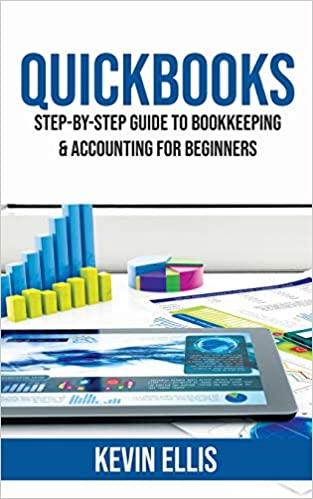Question
QUESTION 2 HAS ONE PART FOR A TOTAL OF 8 MINUTES. In mid-December 2001, Jim Vala has another meeting with Bill Jones. During the meeting,

QUESTION 2 HAS ONE PART FOR A TOTAL OF 8 MINUTES.
In mid-December 2001, Jim Vala has another meeting with Bill Jones.
During the meeting, Jones says:
As you know, Jones Group has recently divested DCom. At the time of that transaction,
we signed a 20-year lease that gives DCom access to our pipeline property. We have just
been informed that, as a result of current market conditions, DCom will default on the
lease payments. We need that cash to service the debt that was retained by Jones Group
at the time of the divestiture.
Jones continues:
We should consider a new dividend policy to conserve cash. Dividends per share will
total $1.85 in 2001. I think we should reduce our dividend by 60 percent and maintain
that lower level for 2002 and 2003 to allow us to pay off some debt. In 2004, we will
increase our dividend back to $1.85, then grow the dividend at 8 percent annually
thereafter.
The required rate of return on Jones Group equity is 11 percent for the foreseeable future.
Calculate, using a dividend discount model (DDM) approach, the expected share price of Jones
Group equity on January 1, 2002, given the new dividend policy described by Jones. Show your
calculations.
Dividend Practice Question
Beth Knight, CFA, and David Royal, CFA, are independently analyzing the value of Bishop, Inc. stock. Bishop paid a dividend of $1 last year. Knight expects the dividend to grown by 10% in each of the next 3 years after which it will grow at a constant rare of 4% per year. Royal also expects temporary growth grate of 10% followed by a constant growth rate of 4%, but he expects the supernormal growth to last for only 2 years. Knight estimates that the RR on Bishop stock is 9%, but Royal believes the RR is 10%. Royal's valuation of Bishop stock is approximately:
A. equal to Knight's valuation B. $5 less than Knight's valuation C. $5 more than Knight's valuation.
Exhibit 1-3 DCom Corp. Summary Income Statement and Balance Sheet (U.S. S millions, except per share data) December. 31 $ $ $ 2000 2001 2002 2003 Actual Projection Projection Projection 70.00 $ 105.00 $ 157.50 $ 236.25 30.45 $ 45.68 $ 68.51 $ 102.77 39.55 $ 59.32 $ 88.99 $ 133.48 Summary Income Statement (for the year) Total Revenue Total Operating Expenses Earnings Before Interest, Taxes, Deprecation & Amortization (EBITDA) Depreciation and Amortization Earnings Before Interest & Taxes (EBIT) Interest Expense Pre-tax Income Income Tax Expense Net Income $ 69.00 $ 129.00 $ 136.50 $ $ (29.45) $ (69.68) S (47.51) S $ 44.10 $ 79.20 $ 87.75 $ $ (73.55) $ (148.88) $ (135.26) $ $ (22.07) $ (44.66) $ (40.58) $ $ (51.49) $ (104.22) $ (94.68) $ 144.00 (10.52) 87.75 (98.27) (29.48) (68.79) Summary Balance Sheet (year end) Total Current Assets Net Fixed Assets Total Assets 2000 2001 2002 2003 Actual Projection Projection Projection $ 113.12 $ 130.93 $ 222.07 $ 253.75 $ 391.00 $ 662.00 $ 575.50 $ 481.50 $ 504.12 $ 792.93 $ 797.57 $ 735.25 Total Current Liabilities Long-term Debt Total liabilities Common Stock Retained Earnings Total Shareholder's Equity Total Liabilities and Equity $ 5.60 $ 8.63 $ 12.95 $ 19.42 $ 490.00 $ 880.00 $ 975.00 $ 975.00 $495.60 $ 888.63 $ 987.95 $ 994.42 $ 60.00 $ 60.00 $ 60.00 $ 60.00 $ (51.49) $ (155.70) $ (250.38) $ (319.17) $ 8.51 $ (95.70) $ (190.38) $ (259.17) $ 504.12 $ 792.93 $ 797.57 $ 735.25 Dividends $ - $ . S - S Capital Expenditures Changes in Working Capital (excluding cash and short-term debt) $ $ 400.00 5.19 $ $ 50.00 $ (4.32) $ 50.00 (6.47)Step by Step Solution
There are 3 Steps involved in it
Step: 1

Get Instant Access to Expert-Tailored Solutions
See step-by-step solutions with expert insights and AI powered tools for academic success
Step: 2

Step: 3

Ace Your Homework with AI
Get the answers you need in no time with our AI-driven, step-by-step assistance
Get Started


